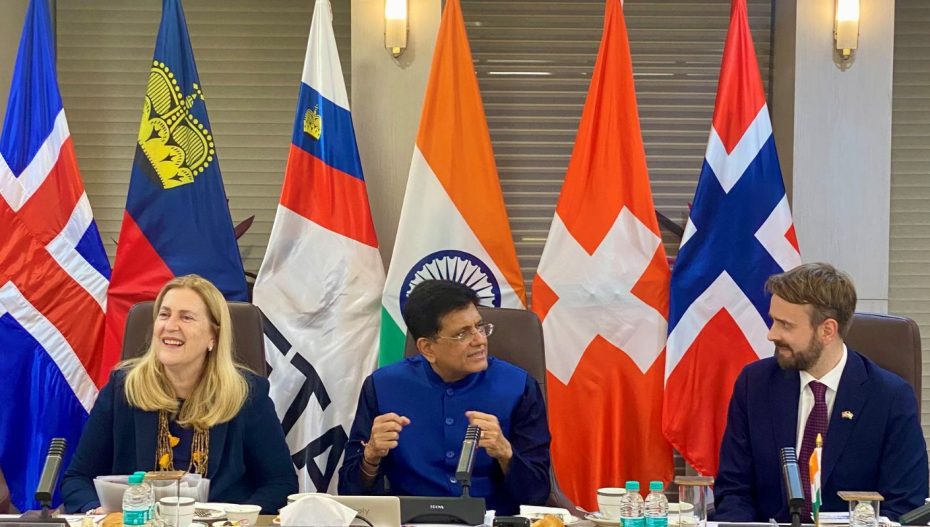There are signs that the Narendra Modi government wants to bring in some changes in its past policies to boost foreign direct investment (FDI) inflows.
After 16 years of negotiations, India recently signed a free trade agreement with four countries in Europe that are part of the European Free Trade Association (EFTA). India also recently signed trade deals with Australia and the United Arab Emirates (UAE). A deal with UK is in the pipeline.
The EFTA pact will mean that India will have to lift most import tariffs for industrial products from Switzerland, Norway, Iceland and Liechtenstein. In return, the EFTA countries will invest $100 billion in India over the next 15 years.
This development has to be seen along with the declining foreign direct investment (FDI) flows into India in recent years. Between April and September of 2023, India received around $10 billion in FDI. This was the lowest figure (for the first half of the financial year) since the 2008 global recession, according to Reserve Bank of India (RBI) data.
There has been an overall decline in FDI inflows as a percentage of GDP under Prime Minister Narendra Modi’s government. Since 2016, net FDI inflows have fallen as a percentage of GDP from about 1.7% to a little over 0.5%, according to the RBI.
Reasons for low FDI
The low FDI inflows have been blamed on red tape, poor contract enforcement and low labour productivity. Moreover, there have been few initiatives by India to ink deals to facilitate FDI.
In the liberalisation phase of the mid-1990s India had signed many bilateral investment treaties (BITs). These were aimed to procure FDI from companies abroad.
However, BITs resulted in problems for India. They led to claims and disputes involving foreign businesses operating in India. Successful litigation by White Industries, an Australian company, and British oil company Cairn Energy led to India having to shell out huge sums.
As a result, in 2016, the Modi government decided to revise BITs. The government introduced a new model treaty which made it tougher for foreign investors to take recourse to the legal route. The Indian government terminated 76 of its 83 investment treaties and appealed that the new model treaty should be adopted.
Trade protectionism, India has reportedly imposed the highest number of import restrictions of any country since 2014, has been another factor. India has not participated in Indo-Pacific trade groups in recent times. Last year, India’s Commerce Minister Piyush Goyal criticised the trade deal with the Association of South East Asian Nations (ASEAN).
Also Read: Har Mobile Pe Modi: PM’s WhatsApp Message Raises Questions of Digital Influence












